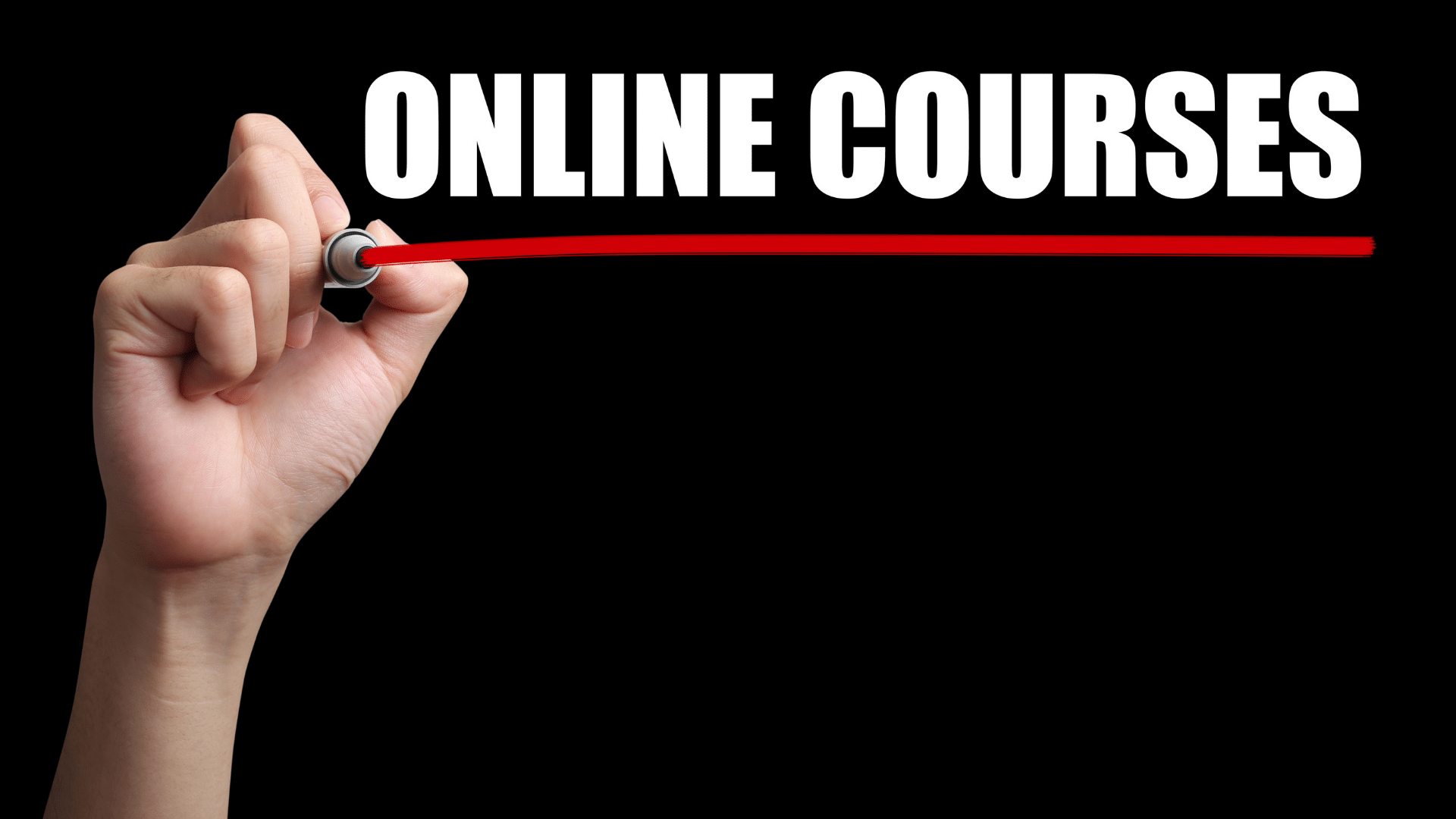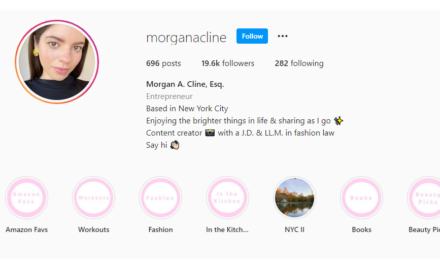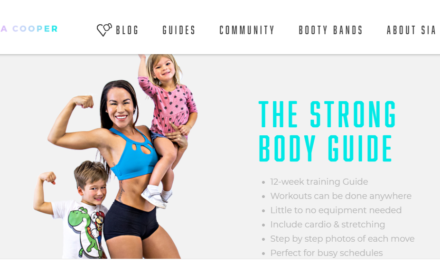Too many creators building online courses act like the teacher in Ferris Bueller’s Day Off. They spend more time boring and less time energizing their students.
Some creators publish successful online courses that net revenue in the six or even seven figures. They know how to keep their students tuning into the course and coming back for more classes.
Given most content creators never took a class in teaching, they miss the importance of a course format. With the right presentation, students stay engaged, motivated to continue, and excited about sharing their learnings and recommend your course to friends and colleagues (i.e., word-of-mouth marketing).
I chatted with successful online course creators to find out what works. Here’s their advice.
Outline it
Marc Maxhimer, a professionally trained educator and former longtime schoolteacher, builds online courses for The Tilt. He develops a basic outline often centered around a single question. Then, he details the takeaways or learning outcomes for the students.
When Marc records the course, he cites the learning outcomes at the beginning to get students in the mindset to learn. Then, he wraps up the course by reiterating learning outcomes.
“Good teaching is telling them what you’re going to learn; tell them about it; help them through it, and then remind them what they learned,” Marc says.
Good #OnlineCourse teaching: Tell them what they're going to learn. Tell them about it. Help them through it. Remind them what they learned, says @MarcMaxhimer of @TheTiltNews. Share on XChunk it up
In-person education went online during the COVID-19 pandemic, and the results for many were not great. One survey of 3K college students found nearly 80% said the online experiences weren’t engaging.
As you create your courses, it’s important to remember Zoom fatigue is real – a fact backed up by this study from Stanford. And online course creators need to be mindful that hours online to take a single course can be a heavy lift.
That’s why many course creators chunk their courses into more digestible spurts of learning. Podcaster Simran Kaur, founder of Girls That Invest, expanded her revenue streams with building online courses. Her investing class runs over six weeks with two hours of content each week. But she splits those two hours into multiple sessions of about 10 minutes or so each.
“That’s really my attention span,” she says. “Anything more than 20 minutes, I would definitely just chop into small videos.”
Break your #OnlineCourses into short segments (no more than 20 minutes each) to keep students' attention, says Simran Kaur of @GirlThatInvest. #ContentEntrepreneur Share on XCutting courses into shorter segments is called microlearning, and it also gives students more flexibility to engage with the course. Some students can devote two consecutive hours to the course. Others can fit those smaller segments into their busy life, Simran says.
Make it asynchronous
Your students could be in any time zone with every schedule imaginable. What’s more, some may be quick learners – picking up lessons from watching your video at 1¼ speed – while others may need to replay parts to soak in your teachings. That’s why course creators say asynchronous – no required time or place – is best for content delivery.
“This way, people can go through it with their own learning style,” Marc says.
Simran likes the freedom of asynchronous teaching allows her students, but she also ties her courses to current events – fluctuations in the stock market or an emerging global crisis, for example. So, while some course creators sell a course they recorded months ago, she films her class sessions the same week they launch. “At a price point of $299, I didn’t want to give people a stock standard you make with some old videos,” she says. “I still want them to learn in real time.”
TIP: Synchronous courses can work, too. Consider a smaller cohort of students and charge top dollar and use it as a one-on-one or group coaching opportunity.
Assign some work
Nobody loves busy work, but homework or activities can help reinforce the instruction.
Simran builds quizzes into the platform, and students answer questions based on the videos they just watched. Nothing is too in-depth, and they don’t have to print anything or get out a pen and paper.
“I found it really helpful to give people something that they can [use] … to measure their own learning and feel like they’re getting something out of it,” she says. “And watching it, knowing there is going to be a quiz at the end, I think you’re a little bit more likely to hold onto the information more.”
Help students to keep learning
Some participants are done learning when they finish the class. But others are hungry for more information or need opportunities to be active learners.
At The Tilt, Marc includes digital files with information that goes beyond what students might learn in the course. Content entrepreneur Christina Rozema, the founder of New Wellness Perspective, offers links to TED Talks, her ebooks, worksheets, and other sources so students in her classes of healthcare professionals can continue to lead healthier lives.
“I try to make it as curated as possible … so people can pick and choose what it is they want to try,” she says.
Think carefully about creating materials for students to print. Author, podcaster, and creativity and writing coach Camilla Fellas Arnold creates workbooks for her students. But, she says, simple is key. Among her advice:
- Don’t include lots of color and image-heavy designs. Ink is expensive, which increases the cost for students. Use simple designs with lots of white space.
- Make editable documents. Ensure students can use workbooks or worksheets online or print them to use offline.
Consider audio
People might not even have time to sit in front of a screen and watch your course. But they may have the bandwidth to listen to your instruction while driving to work or walking the dog.
That’s why Christina extracts the audio from her Zoom modules and turns it into a podcast version for registered students. “I’m trying to make it as easy as possible to get them the material,” she says.
Turn your video-based #OnlineCourse into audio segments, too. Make it as easy as possible for students to consume the material, says #ContentEntrepreneur @CamillaFellasA. Share on XThink about the students
As you add online courses to your content offerings, follow the advice from these creators so your students don’t want to hit the stop button in exchange for a fun day in Chicago (or anywhere else) like Ferris Bueller did to avoid his economics teacher.
By keeping your audience top of mind when building online courses, you’ll keep them engaged in the course and wanting to return for more.
About the author
Sarah Lindenfeld Hall is a longtime journalist, freelance writer, and founding editor of two popular parenting websites in North Carolina. She frequently writes about parenting, aging, education, business management, and interesting people doing remarkable things.











